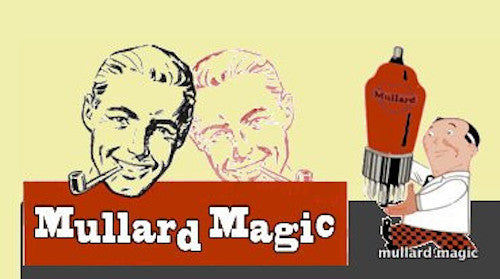
VALVE TYPES & MANUFACTURING TECHNIQUES (xix) - B7G & B9A VALVE ASSEMBLY - AGEING
Share
And so the story continues.......... a couple of blog entries ago, we left the production process at the sealing stage at which point we had a sealed and functioning valve, however, further processing was required before it was suitable for use for it was required to undergo a process called ageing.
Ageing consisted of operating the valve under load under carefully controlled conditions. Large numbers of valves were plugged into a socket rack like the one in the photo below: -


Once the rack was fully loaded, the valve heaters were activated at a 20% higher than nominal rating, so for a 6.3V valve, a Vf of 7.5V would be applied. The control grid would have a positive potential applied and both these effects served to 'boil off' electrons from the emissive cathode which in turn caused a small proportion of the barium and strontium oxides to be reduced to metallic barium and strontium. This was a desirable characteristic as the presence of these transition metals served to increase the cathode's emissive properties. After a prescribed time, the grid potential was reduced to zero, cutting off electron flow and the ageing was completed by running the valve at a low cathode current and with the Vf reduced to it's nominal rating.
Across the water, at Philips Herleen, they also aged produced valves but utilised a slightly more modern and certainly more ergonomic valve ageing rack as you can see from the following photo Bart Fokkink is tending an active rack: -

